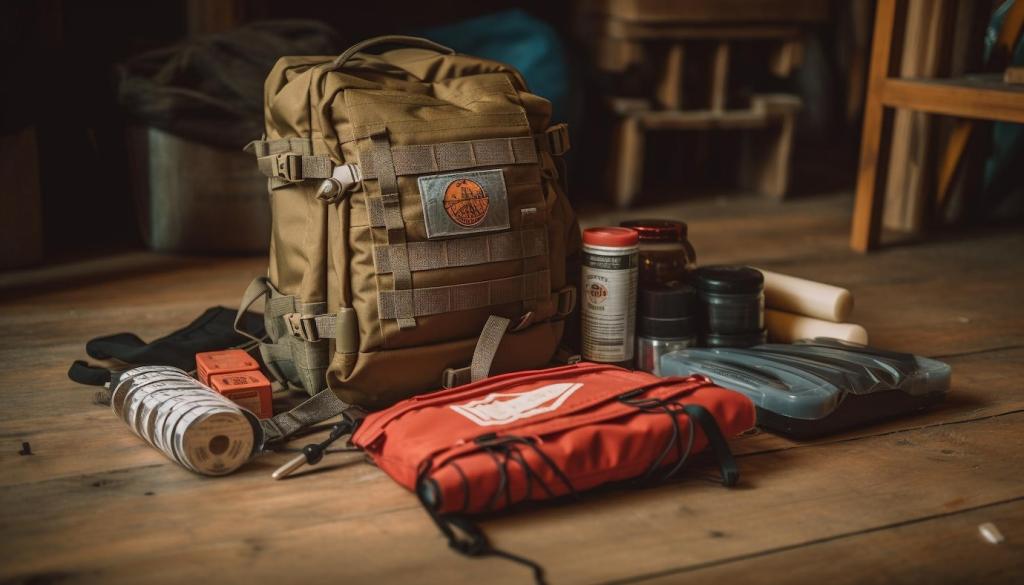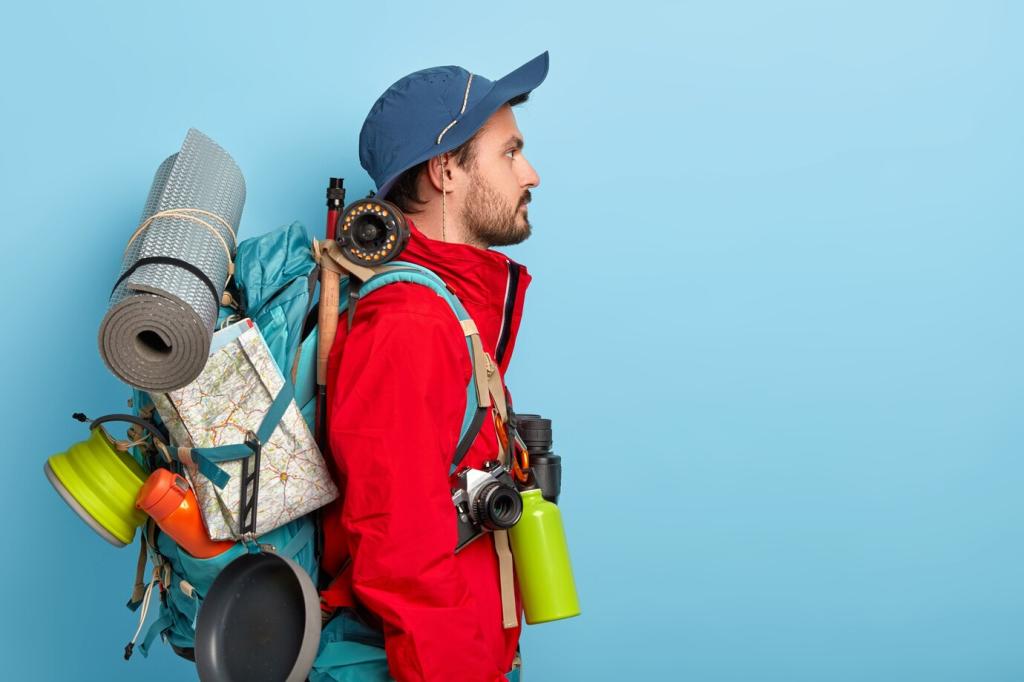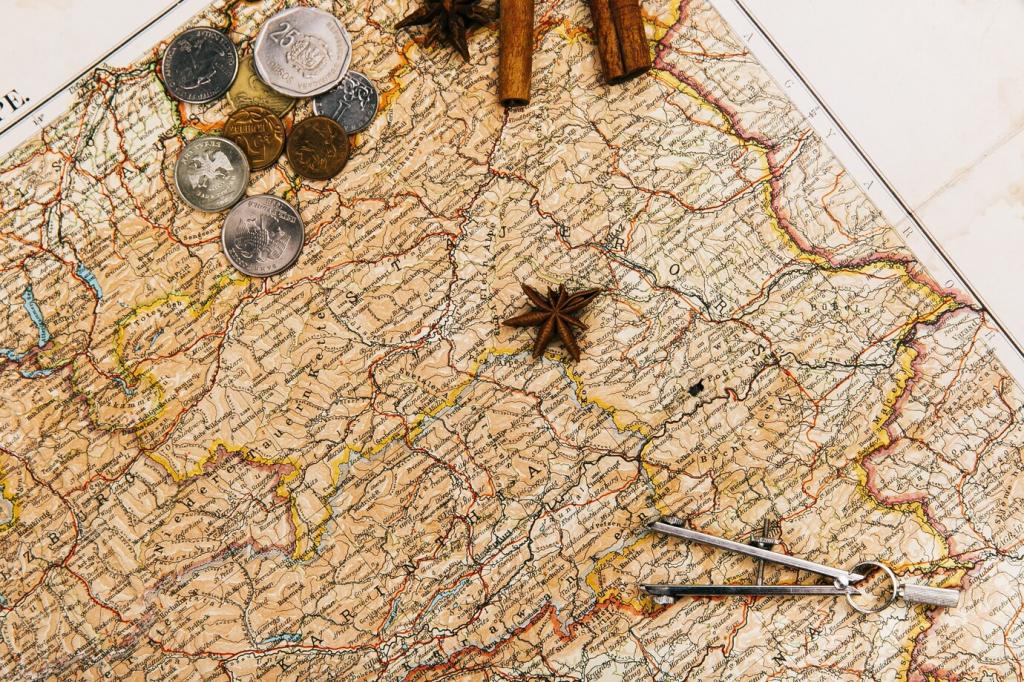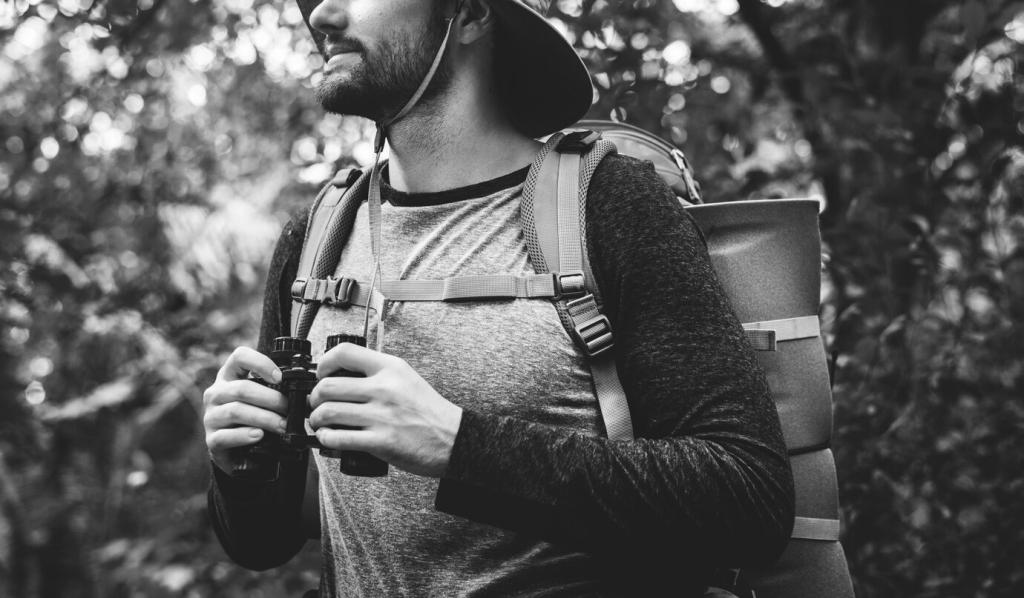Pack Light, Climb Far: Must-Have Summer Hiking Gear for the Mountains
Welcome to your trailhead for smarter, safer summer ascents. From blister-proof boots to sun-savvy layers, we’ll help you fine-tune every ounce in your pack so each step feels purposeful. Chosen theme: Must-Have Summer Hiking Gear for the Mountains.

Footwear That Breathes and Grips
Boots vs. Trail Runners in Alpine Heat
When temperatures soar, breathable uppers and agile midsoles keep you moving without swampy discomfort. Trail runners shine for speed and ventilation, while lightweight boots protect against scree and ankle rolls. Try both on an uphill grade, then a steep descent, and decide what truly feels stable when your legs get tired.
Socks, Liners, and Blister Defense
Moisture-wicking merino or synthetic socks beat cotton every time. Consider thin liners to reduce friction, and carry tape or hydrocolloid patches for hot spots. A pinch of foot powder and a quick shoe-off break at lunch can prevent the blister that ends your summit bid before the final ridge.
Fit Checks Before the Climb
Feet swell in heat and altitude, so ensure a thumb’s width of downhill toe room. Practice heel-lock lacing to stop slippage, and test your fit with a pack on. Share your lacing tricks in the comments, and let others learn from your miles and well-earned calluses.
Hydration and Fuel That Go the Distance
Hydration reservoirs encourage frequent sips without stopping, while bottles simplify measuring and cleaning after dusty days. Many hikers carry both for flexibility and redundancy. In blazing heat, an insulated bottle keeps one liter cool and morale high long after the switchbacks start to shimmer.
Hydration and Fuel That Go the Distance
Squeeze filters are fast, chemical drops are tiny, and UV pens feel magical on clear streams. Late summer flows can dwindle quickly, so mark likely sources on your map and carry a backup method. Nothing beats the relief of safe water after a sun-baked talus traverse.
Hydration and Fuel That Go the Distance
Pair salty electrolytes with quick, digestible carbs to keep legs lively. Chews, nut butter packets, and savory snacks balance sweetness on hot days. On one July ascent, a handful of salted dates turned a flagging final push into a grinning, steady cadence across the summit slabs.
Sun, Altitude, and Heat Protection
Long-sleeve UPF shirts with vented panels beat greasy sunburn reapplications. A wide-brim hat or cap with a neck cape keeps rays off your ears and collar. Light colors reflect heat, and quick-dry fabrics help every breeze feel like a reward for your steady uphill work.

Light Layers for Sudden Weather Turns
A 2.5-layer rain shell with pit zips punches far above its weight when clouds stack over the ridge. Pair it with a featherweight wind shirt for breezy passes. Replenish DWR periodically so water beads instead of soaking, and stash layers where you can reach them before the sky pops.
Light Layers for Sudden Weather Turns
A light fleece breathes on the move, while a synthetic puffy warms damp shoulders at rests. Skip heavy cotton, which traps chill after a sweaty climb. On one stormy afternoon, a 6-ounce midlayer saved the day during a hail burst that turned the trail into a sparkling stream.


Navigation and Mountain Safety Essentials
Carry a paper topo, a simple compass, and an offline map app with a charged phone. A small battery bank preserves your track on long days. Knowing how to read contour lines and aspect can help you find reliable water and avoid late-season snow on shaded north slopes.
Start early to dodge afternoon lightning, and follow the 30–30 rule when storms brew. Trekking poles and microspikes can stabilize summer snow crossings. Helmets make sense in loose gullies, where a single careless step above can rattle rocks you never saw coming.
Pack blister care, a few meds, tape, a needle, and quick-stitch thread or zip ties for gear failures. A mini multi-tool and cord handle wobbly buckles. Tell us what’s in your pocket kit—your idea might be the one that saves someone’s day on a sunlit ridge.

Packs and Smart Packing Strategy

Pick the Right Capacity for Summer
Day hikes with ample water often fit a 15–25L pack, while long ridges or water-scarce routes push toward 25–35L. Look for ventilated back panels and stable hip belts. If a pack bounces, it will rub; if it breathes, you’ll keep moving when the switchbacks steal your shade.

Organize for Speed and Safety
Stash your filter, wind layer, and sunscreen up top, not buried under lunch. Use small dry bags to color-code medical, repair, and food. A reachable whistle and headlamp turn surprises into small detours, not emergencies, especially when a golden sunset lingers longer than planned.

Poles, Carry Comfort, and Stow Options
Adjust pole length longer for climbs, shorter for descents, and keep tips protected near fragile plants. Side bungees or quick-stow loops prevent awkward flailing when scrambling. What pole grips do you swear by in summer sweat—cork, foam, or something you’ve modified yourself?
Leave No Trace and Wildlife Readiness
Waste and Sanitation Essentials
A small trowel, sealable bags, and hand sanitizer keep camps and corridors clean. Dig catholes 6–8 inches deep and 200 feet from water, trails, and camps. Pack out toilet paper and wipes without fail—good habits make beloved routes feel wild for the next sunrise hiker.
Food Storage and Critter Defense
Use bear canisters where required, and consider odor-resistant bags elsewhere. Rodents raid alpine bivy spots as eagerly as bears raid valleys. One night, a forgotten bar wrapper became a midnight marmot magnet—proof that smell-proof storage is a real piece of must-have summer gear.
Trail Etiquette on Busy Summer Routes
Yield to uphill hikers, keep voices gentle in meadows, and step off rock to let faster groups pass safely. Space out to reduce dust and erosion. Share your best kindness-on-trail stories below, and subscribe for future tips that keep our shared summits welcoming and wild.
